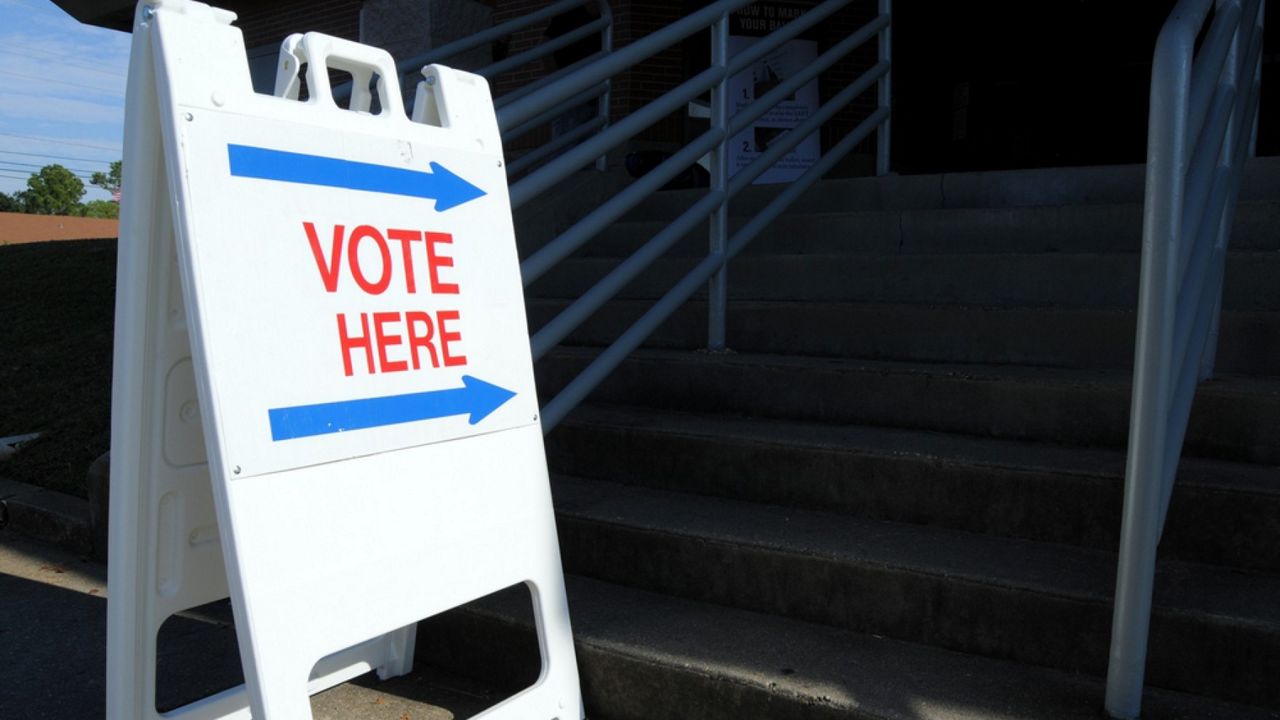Since 2009, U.S. Rep. Paul Tonko has represented a district that covers the Capital Region, an area of upstate New York that has reliably elected Democrats for a generation.
Nevertheless, Tonko is waiting to see how the district will change during the coming round of redistricting as the political calendar to qualify for the ballot through petitioning marches on.
"I just hope we're given district lines as soon as possible because the petitioning date is just around the corner," Tonko said. "I'd like to know what my district is going to look like, and if it's divided where I'm going to go from that point on."
Tonko's concern underscores the uncertainty even some Democrats may be feeling these days around the redistricting process. State lawmakers this month moved to reject competing maps drawn by a commission created as a reform under then-Gov. Andrew Cuomo to remove the Legislature from the politically charged process.
With the rejection, lawmakers in Albany took one step toward what appears to be a likely outcome: District boundaries for the House of Representatives, state Senate and state Assembly drawn by the Democratic lawmakers in Albany.
Consider the hypothetical impact on Tonko's district, which covers the cities and region around Schenectady, Troy and Albany. The district is sandwiched between districts represented by Republican Rep. Elise Stefanik, a staunch supporter of former President Donald Trump, and Democratic Rep. Antonio Delgado, who is seeking a third term in a battleground House seat.
Will Democrats try to make life more difficult for Stefanik? Or make re-election easier for Delgado? A re-shaping of either seat has the potential to impact Tonko.
Right now the outcome is not clear, and likely won't be for weeks.
"I think that was the hope, the commission could provide that removed, independent review, and come up with a single map," Tonko said.
Redistricting occurs once every 10 years and is based on the most recent Census data. Because New York's population has not grown as fast as other parts of the U.S., the state will lose one House seat this year.
In the past, Democrats who have controlled the state Assembly since the fallout of the Watergate era drew maps to protect their incumbents. Republicans, who had held a longtime majority in the state Senate, did the same in their chamber.
In 2012, Cuomo squeezed a deal with lawmakers to approve a change to the process (that year state lawmakers could not agree on House lines and allowed a judge to draw the lines). But Democrats a decade later are staring down a difficult election cycle and a narrowly controlled House of Representatives
New York Democrats are expected to try to maximize their advantage with redistricting on the federal and state levels this year as a result. And as Republicans make voting law changes in the statehouses under their control, Democrats are also moved to press a similar advantage here in New York.
"I never favor unilateral disarmament," said New York Democratic Party Chairman Jay Jacobs. "Republicans across the country are redrawing congressional lines to favor their candidates. Without being obnoxious in New York, if lines are drawn with communities and help Democrats then that is the course we should take."
Already there is fallout from the pending Democratic-shaped district lines. Republican Rep. John Katko, a central New York-area lawmaker who had positioned himself as a moderate and voted to impeach Trump a year ago, is opting to retire rather than run for re-election in what could be a vastly different political landscape.
"We had hoped that process would work in yielding a fair, compromise map," said Republican state Senate Minority Leader Robert Ortt. "That's not just what Rob Ortt, it's what the people of New York wanted."
Ortt acknowledges the redistricting issue is, for the vast majority of voters, a wonky topic. But it's also one that matters ultimately for who holds power in state capitals and in Washington, D.C.
Ortt and his Republican colleagues last week held a news conference blasting Democrats over criminal justice law changes -- changes that were made a reality because of Democratic successes in the last two election cycles.
How district line is drawn in the coming weeks could determine whether similar policies will continue. Power over taxes, criminal justice measures and the direction of the country -- and who gets to wield it for years to come, potentially -- could be determined by the process.
"It's broccoli, it's boring stuff to a lot of people," he said, "but it has a lot of impact for people."




